Deadline for entries: 5:00 p.m., Friday, November 30, 2007
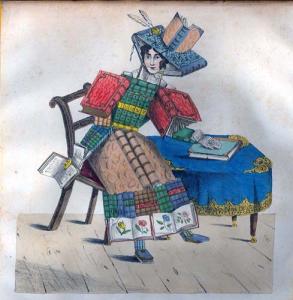
G.E. Madeley (fl. 1826-1841) after G. Spratt, The Circulating Library,
ca. 1830.
The Elmer Adler Undergraduate Book Collecting Prize is awarded annually to the student or students who, in the opinion of the judges, have shown the most thought and ingenuity in assembling a collection of books, manuscripts, or other material normally collected by libraries, on a directed theme. The prize is endowed from the estate of Elmer Adler, first Curator of Graphic Arts at Princeton (1940-1952), who for many years encouraged the collecting of fine and rare books by Princeton undergraduates. The rarity and value of the student’s collection are not as important as the creativity and persistence shown in collecting, and how the final collection meets the stated goals.
An informational session introducing the contest will be held at 4:30 on Wednesday, October 17, 2007 in the Graphic Arts Collection (2nd floor) of Firestone Library’s Rare Books and Special Collections. Julie Mellby, curator of graphic arts, will go over the rules and then, Dr. Robert Ruben, Class of 1955 and three-time Adler Prize winner, will give a talk on his collections and how he got started. For more information, you can call 609-258-3197 or email jmellby@princeton.edu.
Essays should be submitted via e-mail, in a Microsoft Word attachment, to jmellby@princeton.edu by 5:00 p.m. Friday, November 30, 2007 and should be no more than ten pages, double-spaced. Your entry should include a bibliography of the books in your collection. Please note your name, class year, residential address, email address, and phone number on a separate cover sheet.
Winners will receive their prizes at the annual winter dinner of the Friends of the Princeton University Library. The first prize essay will be published in a forthcoming issue of the Princeton University Library Chronicle and has the honor of representing Princeton University in an international book collecting competition.
DATES TO REMEMBER
Informational meeting: 4:30 pm, October 17, 2007
Deadline for entries: 5:00 pm, November 30, 2007
First prize: $2000
Second prize: $1500
Third prize: $1000
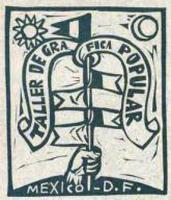

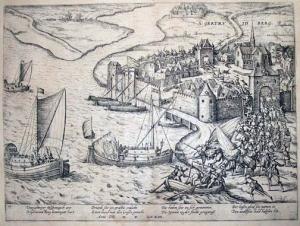

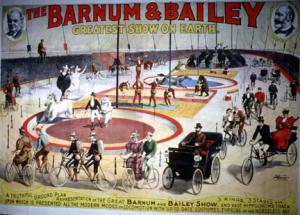


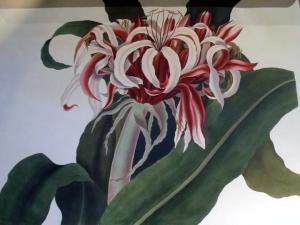
Recent Comments